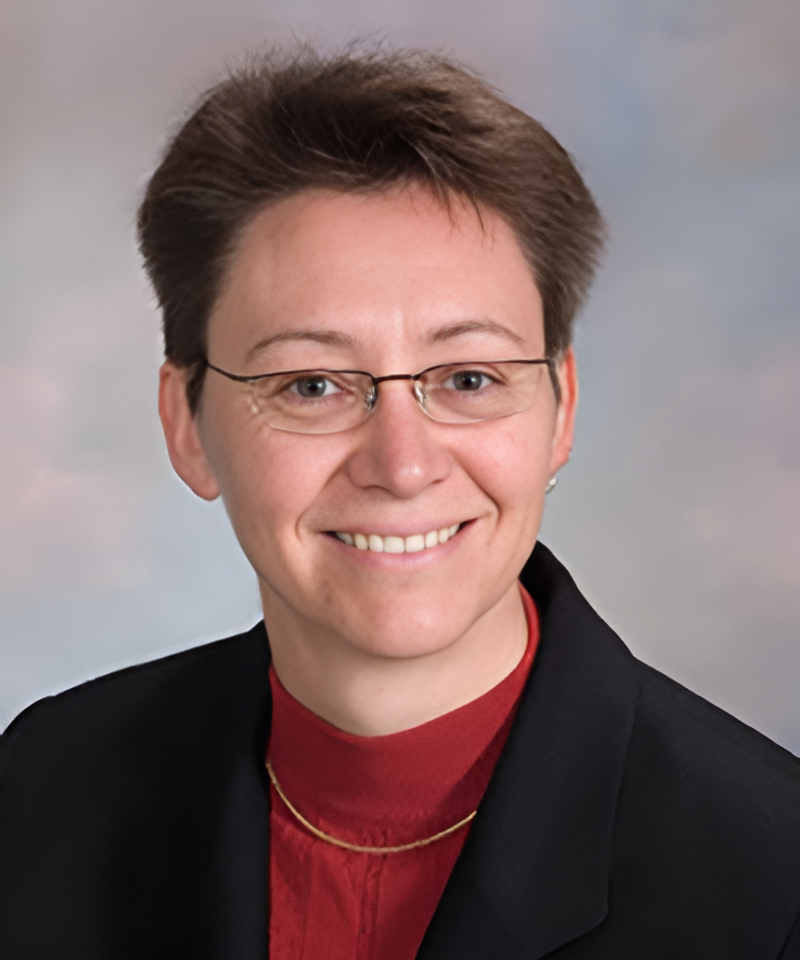Biomedical Acoustics
What is Biomedical Acoustics?
Biomedical acoustics is the study of how the properties of sound affect the human body. Biomedical engineers leverage acoustical properties in many ways to develop new technologies and improve medical care, ranging from advanced ultrasound techniques to new forms of hearing aids.
Areas of Focus
There are three main areas of biomedical acoustics research at the University of Rochester:
- The mechanical interaction between ultrasound energy and biological tissues, including therapeutic applications of ultrasound.
- Ultrasound imaging, including the development of novel strategies for using ultrasound to characterize the mechanical properties of healthy and diseased tissue.
- Studies of hearing, including:
- Cellular and molecular studies of the process of sensory reception in the inner ear.
- The development of drug delivery devices for the inner ear.
- Studies of the physiological responses of auditory neurons at several levels of the central nervous system in young and aged animals.
- Behavioral studies of hearing related to sound localization and the processing of complex sounds.













